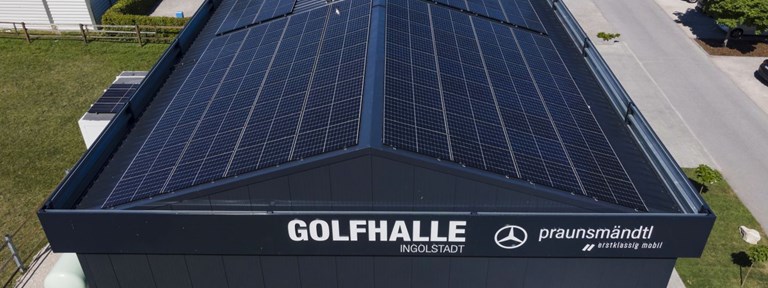Everything you need to know about temporary commercial buildings
Trying to find additional space for commercial use can be difficult and time-consuming. With the price of traditional construction going through the roof and no time to be wasted by closing your doors and extending – A temporary modular structure could be the solution your business is looking for.
What is a temporary building?
A temporary building is defined as any structure that consists of repeated sections or modules which can be put together to create a full building.
This type of building is usually designed to serve a function when you need a space solution quickly, delivered in a matter of days or weeks. This can be as simple as a tent or as complex as a fully insulated, building control and compliant structure complete with roller shutter doors, heating, air conditioning and all the necessary services required to run any business.
The nature of these buildings enables you to stay flexible as they can be deconstructed and moved to a different site if your requirements should change, rented for a short period of time or purchased if you are longing for a long-term solution.
This is an example of a project which required a bespoke layout – Here, we combined 3 of our Alu Hall structures positioned in the desired layout. This project is a great example showcasing the flexibility of temporary structures, which can come in a wide variety of sizes and be positioned in any way that you choose.
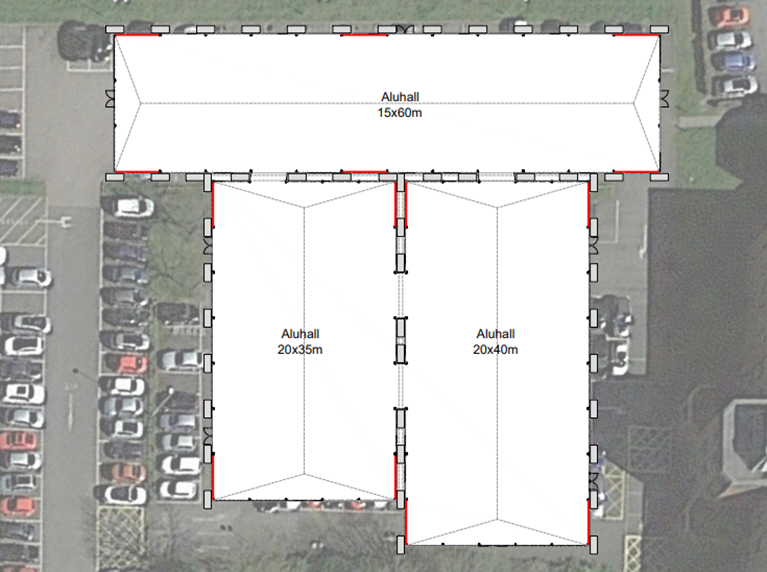
What could I use a temporary structure for?
Temporary structures can be useful for any commercial industrial application. These are some of the most common uses of temporary structures. If you want to see some real-life examples, you can check out our case studies here.
- Pop-up film, stage & TV studio
- Warehousing & storage solutions
- Business continuity & emergency response
- Sports facilities
- Airport terminals & hangars
- Turnaround & shut down facilities
- Retail space
- Classroom, auditoria & education facilities
- Manufacturing Facility
The possibilities are endless, and we can create a space to suit you.
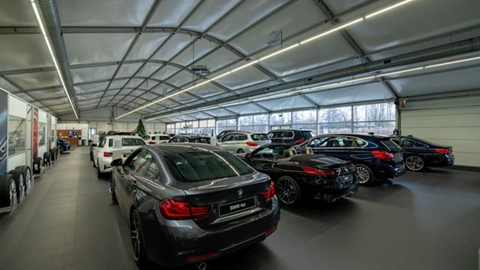
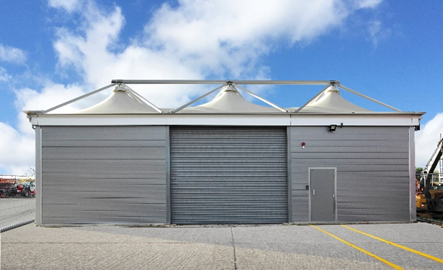
Are temporary structures as reliable as permanent structures?
Yes – Temporary structures are often created to last much longer than required, with some being able to last more than 25 years. One of the key benefits of a temporary structure is that you have total flexibility, whether you need it short or long-term.
Why are temporary buildings becoming more popular?
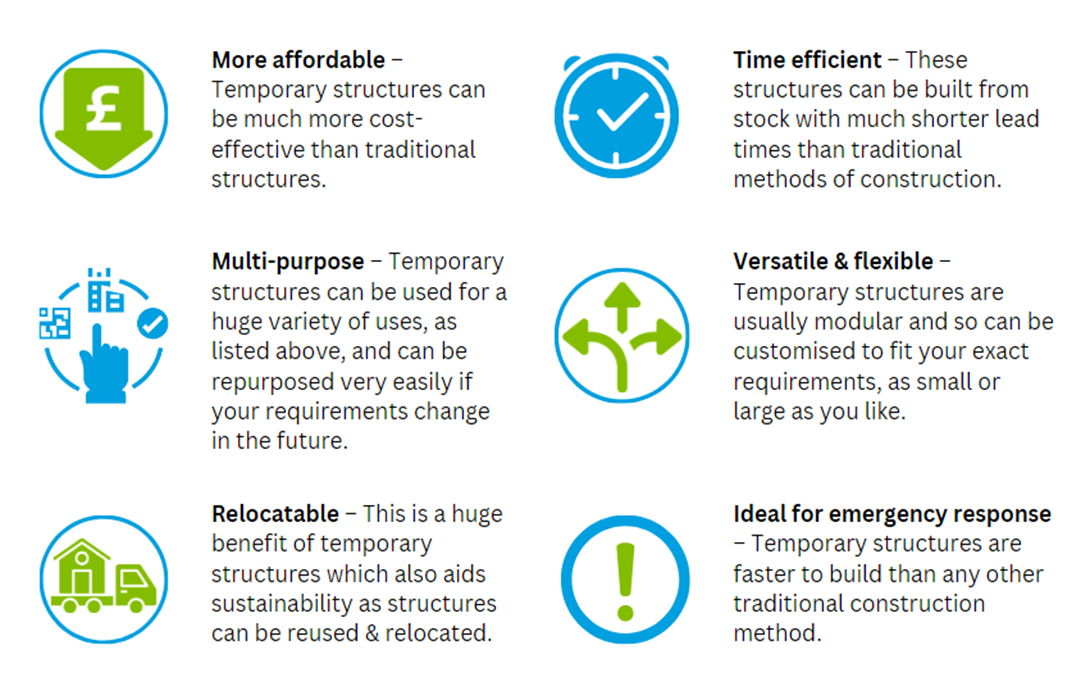
Do I need to get planning permission for a temporary structure?
You DO NOT need planning permission when:
- The structure will be up for less than 28 days
- The footprint of the structure has a footprint of less than 200m² (This may vary depending on your location, so it is always best to check with your local planning authority)
You DO need planning permission when:
- The structure will be used for more than 28 days
- If the structure is closer than 5m from the site boundaries
- If the floor space is greater than 200m²
- If the buildings volume is more than 25% of the existing building (if the structure is an extension of an existing venue)
- If the structure reduces the space available for parking and manoeuvring vehicles
Can you heat and cool a temporary building?
Yes you can – Heating and air conditioning systems can be added to your structure as well as insulated wall elements of hard PVC or glass and ventilation panels.
Temporary structures have a variety of options available to ensure you can customise the building as you see fit, including different types of flooring, walls, roof options, doors, canopies and much more.
Are temporary structures sustainable?
Yes – Temporary structures are fabricated with recycled materials and can be reused, built and dismantled again and again. When they reach the end of their life cycle, all material can be recycled or repurposed into something else.
Part of our service includes a consultation with our sustainability partners to ensure that you are aware of the alternatives and able to make an informed choice when planning your build. In addition to this, you can choose sustainable transport options that emit zero emissions.
Choosing this method of construction is much less invasive on the environment than traditional methods for a number of reasons. Being built much faster means less impact on the site and surrounding area, with significantly less disruption to daily operations, less time spent commuting/transporting materials, and less fuel used. All in all, a better client experience is achieved.
You can also choose to have a Thermal Acoustic Lining in your structure, resulting in improved energy efficiency and overall welfare inside the facility.
How big can a temporary structure be?
Our temporary structures can be as big as you require them to be. For example, our Delta structure comes in 5x5m modules, side heights of up to 10m and with column-free spans of up to 35m. If you are happy to have some columns, then the structure can literally be as large as you like.
How do I choose the right temporary structure for my needs?
Choosing a structure will very much depend on what you want to use it for. For example, if you need a small workshop space the Induflex by Losberger De Boer would be most suitable with widths from 10-30m and lengths as long as you like. This structure is also a good match when you need a fast solution with an 8 week lead time.
Alternatively, if you are looking for something very standard and less expensive, a standard A-frame structure may be the best choice and available immediately to help with your needs. Whatever your requirements may be, there is always a suitable solution.
Do temporary structures comply with building and safety regulations?
Yes – Our structures have the following quality and safety features.
- Fire-resistant materials
- Secure anchoring and construction
- NEN/BS-EN 13782 (Safety standards observed from design to installation)
- ISO 9001 (The world’s most recognised quality management system (QMS) standard)
- ISO 14001 (An internationally agreed standard that sets out the requirements for an environmental management system)
- ISO 45001 (Occupational health & safety)
- SCC** (Safety Certificate for Contractors)

Can a temporary structure be installed in any location?
Yes (within reason), as long as there is enough space for your desired structure, you can build pretty much anywhere! When you choose a location, you’ll want to consider the following:
- Cost to rent the space
- Site Accessibility
- Ground bearing capacity
- Local planning regulations
- Underground services
How long does it take to complete a project?
This really depends on the size and specifications of your particular project. If you require one simple structure or warehouse solution, this will be faster to complete than a more complex project where you require a variety of structures, for example, to create a fully furnished school building.
If you have a project in mind or want to find out more information about our temporary buildings, please feel free to contact us about owning or renting one of our products.
